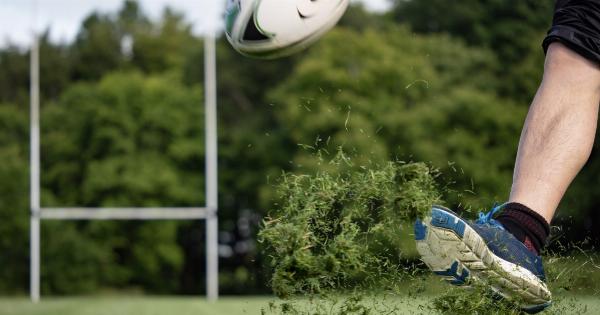Running is a popular form of exercise that provides numerous physical and mental benefits. However, it’s not without its risks.
Runners often face the challenge of dealing with injuries that can hinder their progress and even force them to stop running altogether. This article will explore the five most common running injuries and provide valuable tips on how to prevent and treat them, so you can stay on track and continue enjoying your running journey.
1. Runner’s Knee
Runner’s knee, also known as patellofemoral pain syndrome, is a common injury that affects the knee joint. It is characterized by a dull, achy pain around or behind the kneecap.
This injury is often caused by overuse, such as running downhill or overtraining without proper rest.
To prevent runner’s knee, it’s important to listen to your body and avoid increasing your mileage too quickly.
Incorporating strength training exercises that target the muscles around the knee, such as squats and lunges, can also help prevent this injury. If you experience knee pain, rest, apply ice, and consider using a knee brace for added support.
2. Shin Splints
Shin splints refer to pain along the shinbone (tibia) and are commonly experienced by runners, especially beginners. This injury is typically caused by sudden increases in mileage or intensity, improper footwear, or running on hard surfaces.
To prevent shin splints, it’s crucial to gradually increase your running volume and intensity, allowing your body to adapt to the stress. Investing in good-quality running shoes that provide proper support and cushioning is also essential.
If you develop shin splints, rest, ice the affected area, and consider cross-training activities such as swimming or cycling to maintain your fitness level while the shinbones heal.
3. Achilles Tendinitis
Achilles tendinitis is the inflammation of the Achilles tendon, which connects the calf muscles to the heel bone. Runners who suddenly increase their mileage or intensity, or those with tight calf muscles, are more prone to this injury.
It is characterized by pain and stiffness around the heel or along the tendon.
To prevent Achilles tendinitis, make sure to include warm-up exercises before your runs, focusing on stretching and loosening up the calf muscles. Gradually increase your mileage and avoid sudden changes in running surface or footwear.
If you experience Achilles pain, rest, ice the area, and consider using heel lifts or orthotic inserts to alleviate pressure on the tendon.
4. Plantar Fasciitis
Plantar fasciitis is the inflammation of the plantar fascia, a thick band of tissue that connects the heel bone to the toes.
Runners with tight calf muscles, flat feet, or those who engage in excessive running or running on hard surfaces are more susceptible to this injury. It is characterized by sharp pain in the heel or along the bottom of the foot.
To prevent plantar fasciitis, perform regular foot and calf stretches to promote flexibility. Gradually increase running distance and avoid sudden changes in intensity. Wearing supportive footwear and using orthotic inserts can also help reduce the risk.
If you develop plantar fasciitis, rest, ice the affected area, and consider wearing night splints to stretch the plantar fascia while you sleep.
5. IT Band Syndrome
IT band syndrome, or iliotibial band syndrome, is an injury that involves irritation and inflammation of the iliotibial band—a thick band of fibrous tissue that runs along the outside of the thigh.
It is commonly caused by overuse or repetitive motion, such as running on uneven surfaces or running downhill.
To prevent IT band syndrome, incorporate strength training exercises that target the hips and glutes, as weak hip muscles can contribute to the development of this injury. Gradually increase mileage and avoid sudden changes in terrain.
If you experience IT band pain, rest, apply ice, and consider using foam rollers or massage therapy to alleviate tightness in the IT band.




























